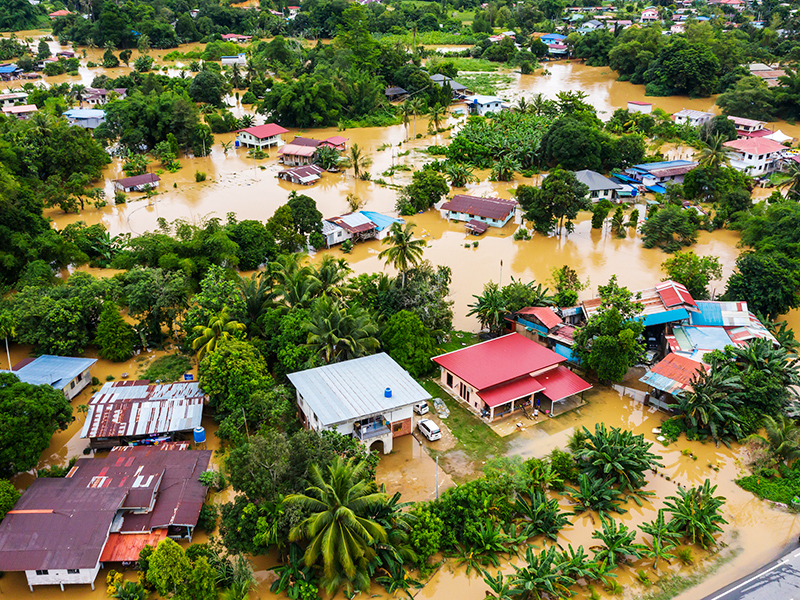The Challenge
For manufacturing companies, the supply chain typically accounts for 70 to 80 percent of lifecycle greenhouse gas emissions. Much of these emissions are found in China, which contributes to approximately a quarter of global emissions annually, as well as the majority of emissions from products for export. For these reasons, many companies that are serious about addressing climate change are seeking to manage supply chain emissions, with a focus on this region.
But they face obstacles, many of which are common among emerging markets: Suppliers’ ability and readiness to manage emissions vary widely, making it hard to rely on a standard approach with all suppliers. In addition, policy incentives are not sufficient to encourage factories to upgrade inefficient equipment and systems. And climate change often takes a back seat to other, more visible supply chain agendas, including labor conditions, worker safety and fires, and toxic spills.
Our Strategy
Over the years, BSR has led a series of initiatives to reduce supply chain emissions, working with brands and their suppliers to use BSR’s local networks in China.
In 2008, we launched this work in a project with Walmart and the Environmental Defense Fund: To help Walmart meet its corporate commitment to reduce the emissions of 200 Chinese factories, we led outreach to suppliers and determined individual energy profiles and trends. Through this initiative, BSR identified four key priorities for suppliers to address energy challenges: preliminary diagnostic evaluation, management and technical training, on-site energy audit and opportunity assessments, and development of action plans.
Reflecting on lessons learned, we developed the Energy Efficiency Partnership (EEP), a coalition of 10 companies working with 100 suppliers in South China to coach and share information on energy efficiency. Through our work together, one significant partner, HP, has developed energy-management action plans for 20 factories. We helped HP identify current opportunities for motivating energy efficiency while segmenting and targeting suppliers for different kinds of interventions—with some focused on making the business case, and others focused on providing detailed energy audits. We complemented this by interviewing HP suppliers’ managerial and technical staff to understand how to address individual challenges.
Our Impact
Through this work, companies like HP have gained a greater understanding of where and how they can drive greenhouse gas reduction in factories by gaining support from suppliers’ senior management and by understanding the barriers suppliers face.
Following our initiative, which catalyzed more than 100 new energy-efficiency projects, HP became one of the first companies in the world to announce a greenhouse gas reduction goal for supply chain, where it committed to driving a 20 percent decrease in its first-tier manufacturing and product-transportation-related greenhouse gas emissions intensity between 2010 and 2020.
This work also has contributed to our broader Business in a Climate-Constrained World initiative by developing a significant body of knowledge about how to harness supply chains in China and other emerging markets to reduce greenhouse gas emissions and adapt to climate change.
Lessons learned
Companies can—and should—have goals for greenhouse gas management in their supply chains. To do this in a way that is effective and manageable, companies should:
- Understand suppliers’ level of ambition and assumptions about the business case for investing in energy efficiency.
- Be judicious in asking for data requests in an era of survey fatigue by focusing on information that is actionable.
- Help suppliers improve their ability to manage greenhouse gas emissions by providing expertise and technical resources to suppliers and sharing in investments for energy efficiency.
Let’s talk about how BSR can help you to transform your business and achieve your sustainability goals.








